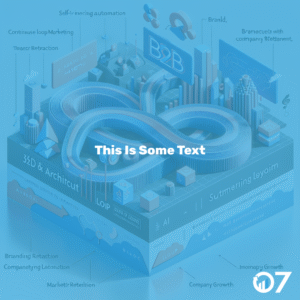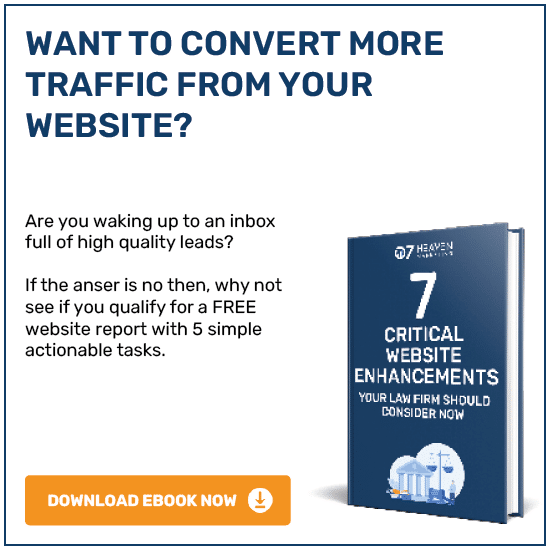These are the top key performance indicators (KPIs) and metrics for measuring marketing effectiveness
Brand awareness is important to any organisation; it’s what makes your brand the top contender in search engine rankings and the minds of your audience. There are lots of different ways that you can measure brand awareness so it’s best to stick to one or two metrics throughout.
Metrics: social media reach, number of brand mentions and conversations, number of brand searches.
Engagement – Unlike reach, engagement measures not just who’s viewing your content but who is interacting with it. Looking at engagement figures allows you to get immediate feedback from your audience about how well your content resonated with them. If you are a creator this will help you to get to know what is working well and what isn’t and adapt accordingly.
Metrics: page views, time spent on page, new vs returning visitors, number of comments, ’likes’, or shares, daily/weekly/monthly active users.
Lead generation can prove your time and money investments are being well spent. Tracking lead generation can determine what stage in sales funnel most of your leads are at, marketing qualified leads (MQL) which are at the awareness and consideration stages or sales qualified leads (SQL) which are closer to the decision and purchase stage. Knowing this can help you identify the source and journey of your leads with tracking URLs and fix the gaps that prevent you from making conversions.
Metrics: click through rate, visitors to leads rate, MQL to SQL ratio, lead generation rate per platform.
Customer conversion and sales is the KPI that attracts financial interest as one of the major ways to determine return on investment (ROI) for your marketing activities. This determines how successful your marketing efforts are at pushing your customers through the sales funnel to purchase and can highlight pain points that can be smoothed out to make the transition from prospect to customer more hassle free.
Metrics: time to conversion, lead to sale rate, SQL to sale rate, MQL to sale rate, lead to customer ratio.
Customer loyalty and retention is also an important KPI for your ROI. This is especially relevant in businesses with high customer acquisition rates. The higher your loyalty and retention rates are the more your ROI will grow.
Metrics: customer lifetime value (CLV), net promoter score (NPS), repeat purchase rate, purchase frequency, customer churn rate, new vs returning visitor rate
Website performance – Your website should be optimised for inbound marketing traffic and user experience. If you provide high quality, comprehensive and consistent content your performance should build momentum over time, if areas of your site failing or succeeding in drawing traffic and conversions metrics will reveal why this could be.
Metrics: website traffic, unique visitors, page views, bounce rate, path length, time of site, conversion rate, abandonment rate, traffic per page, traffic source to conversion, spend per page
For further insights and guidance, we invite you to explore our blog at 07hm.co.uk/blog. Here, you’ll find a wealth of information tailored to the needs and challenges of SMEs navigating the digital landscape. Additionally, if you have specific questions or need personalised advice, don’t hesitate to reach out to us via email at info@07hm.co.uk or telephone on 01702 410663.






